Even surrounded by a condominium, a heritage clock tower on Yonge Street in Toronto is a beacon for 2SLGBTQI+ history, representing joy, violence and activism…
By Stephan Petar
Built in the early 1870s, the clock tower at 484-488 Yonge Street has welcomed an interesting array of tenants. It has seen a fire hall, car dealer, bicycle shop, game store, and multiple restaurants and bars/clubs. Now the restored tower is integrated into a mixed-use development called IMMIX.
A well-known landmark in the 2SLGBTQI+ community, the tower was originally built by architects James Grand and William Irving as Fire Hall Number Three, which served Toronto’s northern neighbourhoods. The tower would have been used to dry hoses and signal emergencies with the ringing of its 5,000-pound bell. It was abandoned in 1929 when fire services moved to a new location.
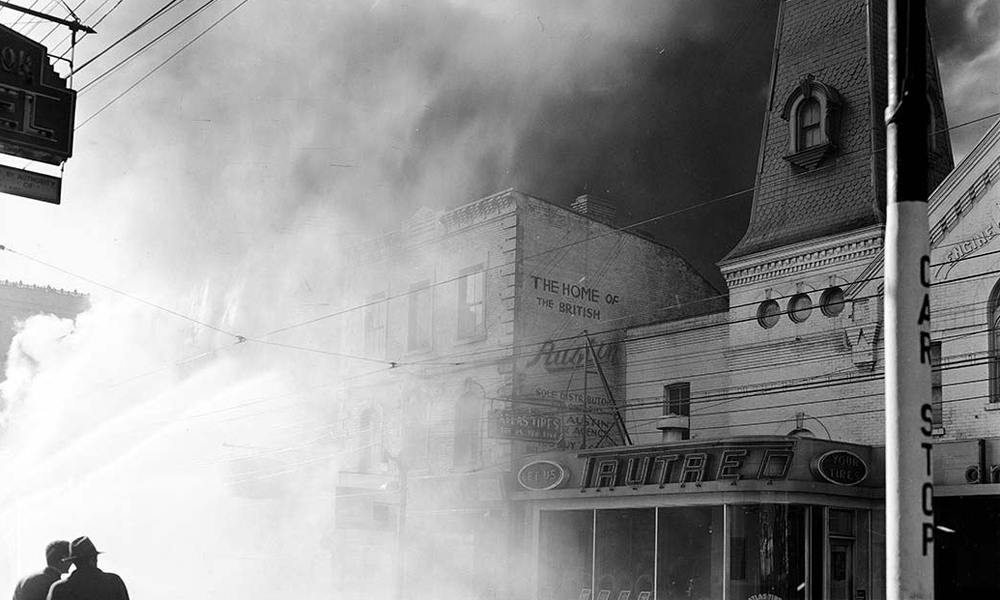
The property went through various uses until Charles Hemstead opened the St. Charles Tavern in 1950. It was advertised as “the most attractive dining establishment in Canada,” serving steaks, ocean-fresh seafood, pork chops, Chinese food and more.
The restaurant introduced the saying “Meet Me Under the Clock” in a marketing campaign. In some ads, it was followed by the phrase “Make our slogan, your own” – something the 2SLGBTQI+ community did. They adopted the saying as a code to indicate events and/or cruising.
Its story as a popular gay establishment started in the 1960s and lasted nearly 30 years. Scrolling through photos of the St. Charles on Facebook, I read numerous accounts from past patrons reflecting on their time at the bar: memories of trying drag, meeting significant others, enjoying the cheap beer and just being their authentic self. For many, it was their first gay bar experience.
However, the St. Charles became infamously known for its annual Halloween drag show – an important night whenmany could express themselves in drag without being arrested. Unlike the scenes today on Church Street, Halloween at that time was a scary night for the community. The St. Charles not only drew supporters, but violent homophobic protestors who congregated outside. The Body Politic, a former Canadian LGBTQ+ publication, described Halloween at the tavern as an “annual queer bashing event” and “one night of ritualized homophobia.”
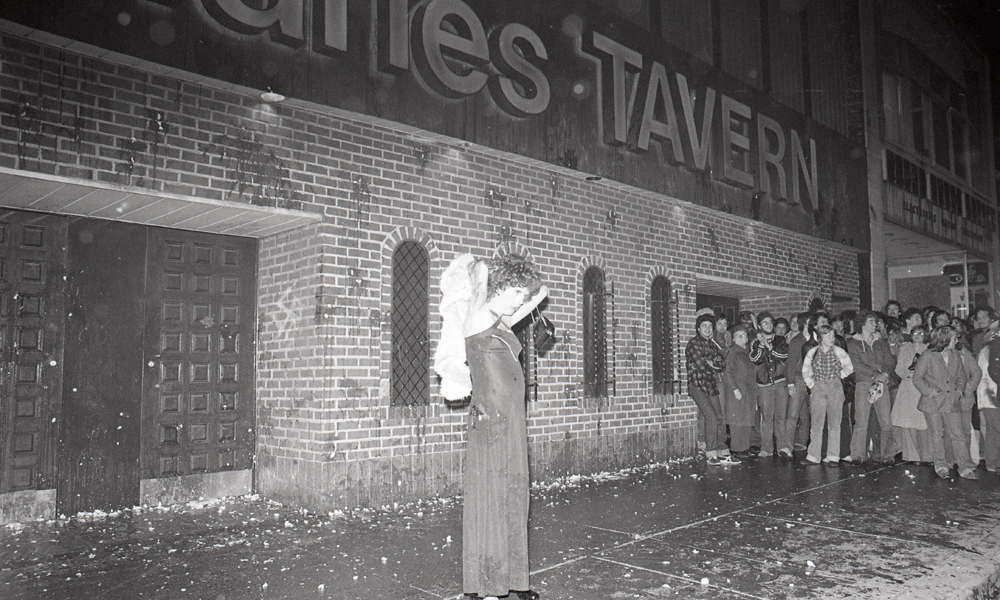
Various reports describe the front doors being locked with patrons sneaking in and out through the laneway to avoid protestors armed with toilet paper, eggs and tomatoes, which were thrown at drag queens, passers-by and the building itself. In a 1979, a 21-year-old woman told The Globe and Mail that she was there “to throw eggs at the faggots.” Other accounts recall protestors chanting, “Kill the queers.”
“The photographs are unbelievably dramatic,” local Alan Miller said as we explored images in The ArQuives over Zoom. Images of the facade stained and dripping with egg yolk, while the sidewalk was littered with eggshells. “I tried to avoid Halloween on Yonge Street,” Miller shared.
The events led to community activism on Halloween. Queer groups distributed pamphlets about homosexuality to the general public, while others started patrol groups to ensure safety and to advise police on when to intervene. It also brought together supportive politicians and local business owners.
The tavern also attracted attention between 1975 and 1978, when 14 gay men were murdered and the community grappled with a potential serial killer. Toronto’s homicide division noted at the time, “In several of the murders there is a common denominator: the victim was last seen at the St. Charles Tavern, and met his murderer there.” Many of these cold cases were recently reopened, as police are now investigating whether they are connected to the serial killings by Bruce McArthur.
In 1987, due to rising competition, the St. Charles closed. Over its nearly three decades as a gay bar, it developed a complex history within the community: one that represented love, joy, crime, hatred and activism.
Today, the clock tower is incorporated into QuadReal’s IMMIX, which features retail, office space and residential units. QuadReal, working with heritage consultants ERA Architects, took 24 months to restore the tower. Many of the original bricks were replaced with local ones that complemented the original colour, while several of the windows were not salvageable and were 3D scanned to create authentic replicas.
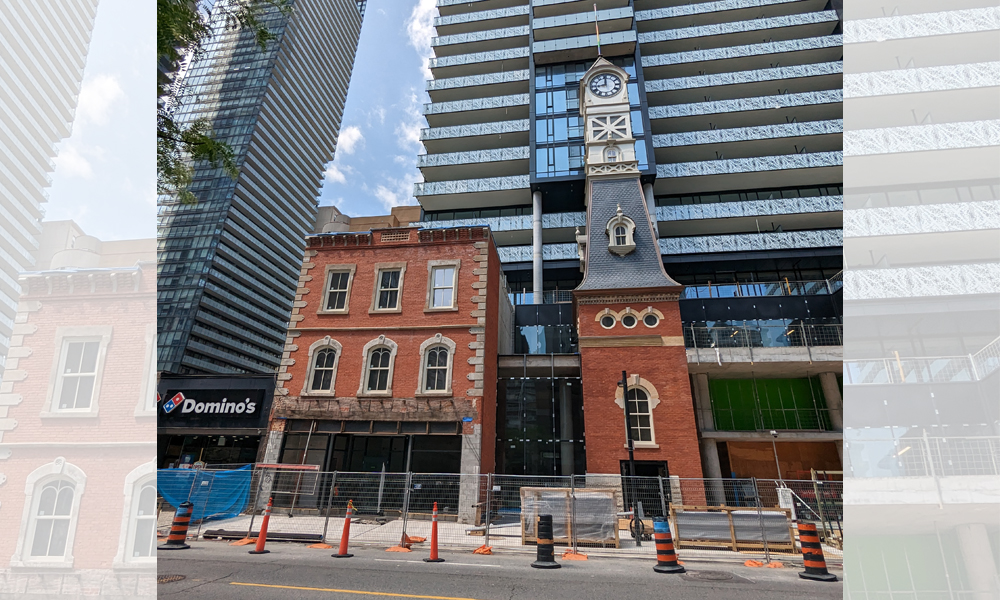
The clock tower “is a huge landmark within the 2SLGBTQI+ community and we wanted to have it there as a reminder,” says Kat Lee-Ball, QuadReal’s manager of construction. “We’ve also curated a collection of art pieces, all done by 2SLGBTQI+ artists…in our lobby and amenities floor.”
Artist Micah Lexier’s sculpture, City of Letters, is found on three surfaces – the laneway, clock tower and northwest corner. Featuring small uppercase letters, it is an oversized word search revealing words and phrases paying homage to the site. For the history of the St. Charles, author Derek McCormack conducted research at The ArQuives to create “cheeky, clever, historically accurate, pun-filled text” for patrons to discover in Lexier’s piece.

Inside the lobby is Julie Jenkinson’s Time Zone, which is a “web of woven timepieces and meaningful references.” The piece uses pocket watches to represent the clock tower as well as brass chains and zippers to reference queer fashion aesthetics. There is even a tribute to Charles Hemstead’s love of horses with the use of brass equestrian hardware.
Other noticeable nods to the tower’s history include the Pride colours wrapped on the flagpole and an etched glass “ghost facade” of Fire Hall Number Three. A Heritage Toronto plaque is also in the works.
“What makes this site unique is the rich history that is significant for being at the epicentre of the gay and lesbian movement.… What we wanted to do was celebrate it rather than hide from it,” says Toby Wu, executive vice presidentof development at QuadReal in Canada. He goes on to add that embracing history is what creates cities.
This landmark is now surrounded by stories of its past: stories that will educate people on its built and cultural significance, and its part in Toronto’s queer narrative. With a new lease on life, the clock tower will continue to watch over the community – and, we hope, capture another 150 years’ worth of stories.
STEPHAN PETAR is a born and raised Torontonian, known for developing lifestyle, entertainment, travel, historical and 2SLGBTQ+ content. He enjoys wandering the streets of any destination he visits, where he’s guaranteed to discover something new or meet someone who will inspire his next story.

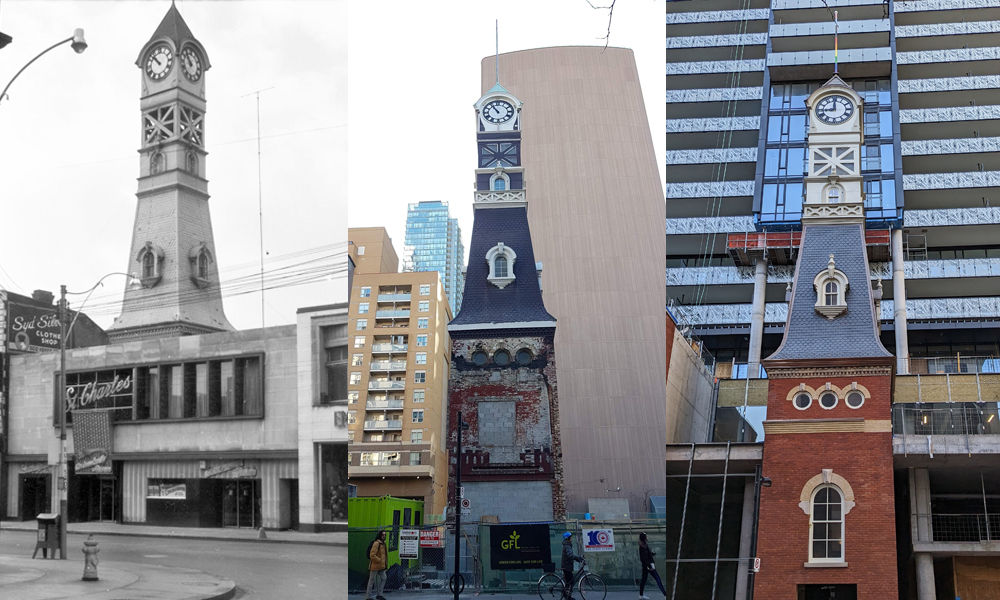

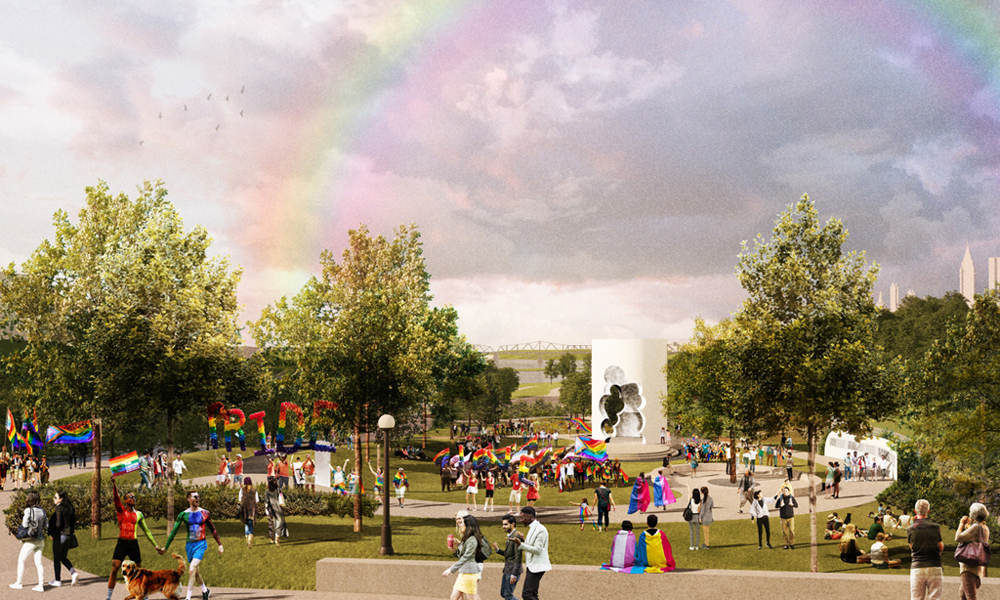
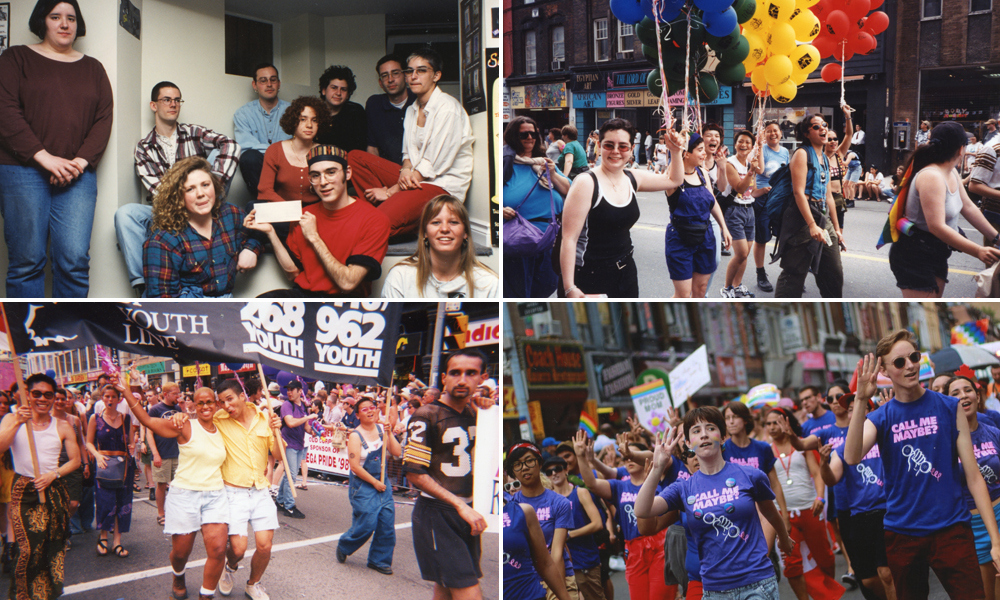


POST A COMMENT